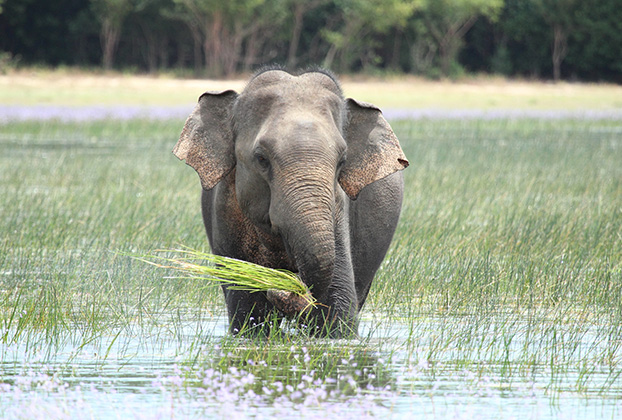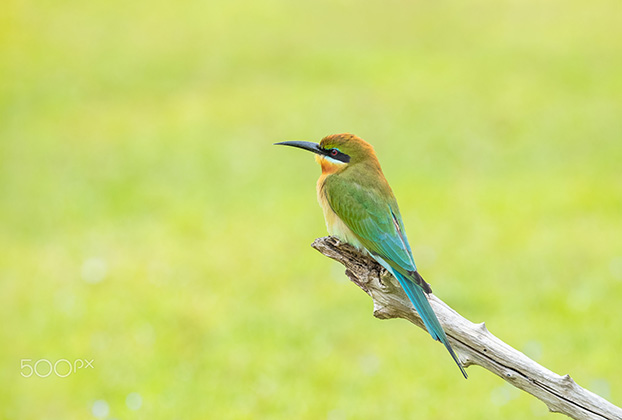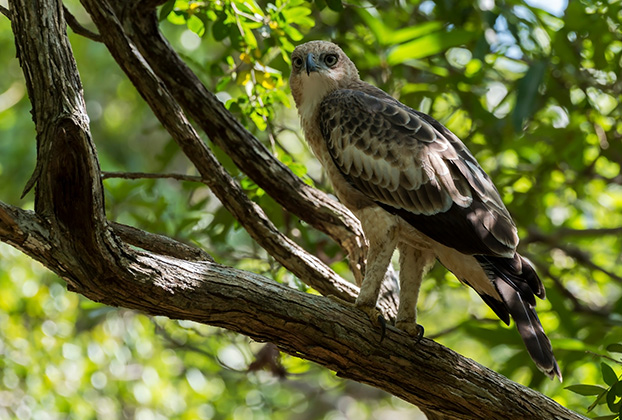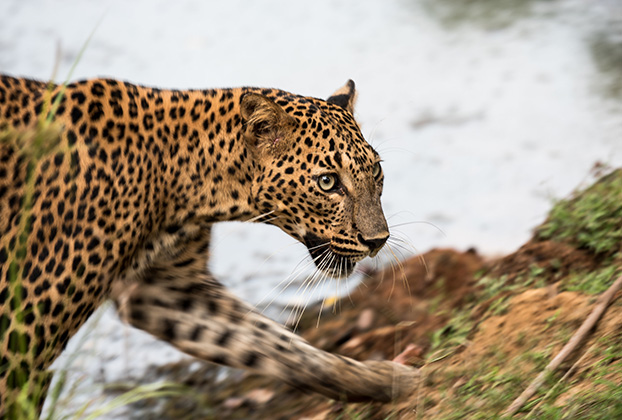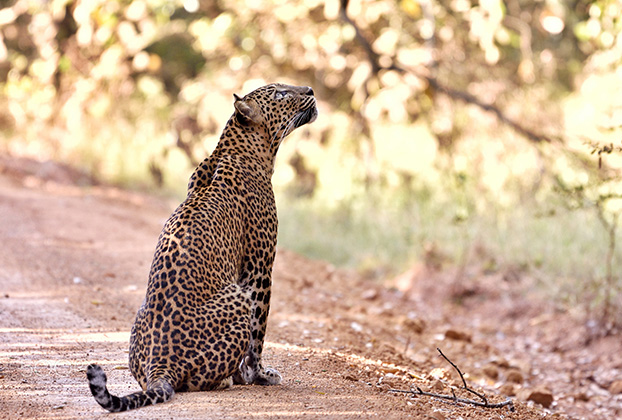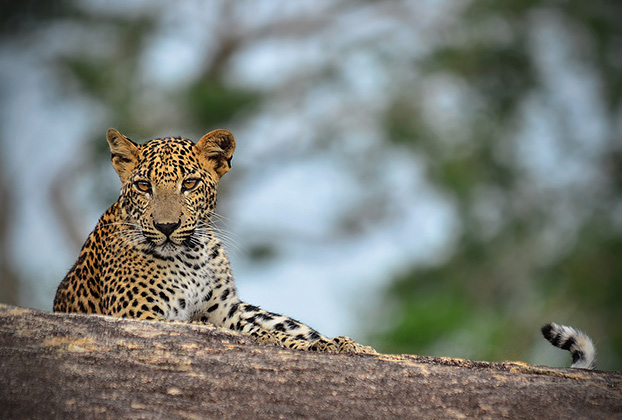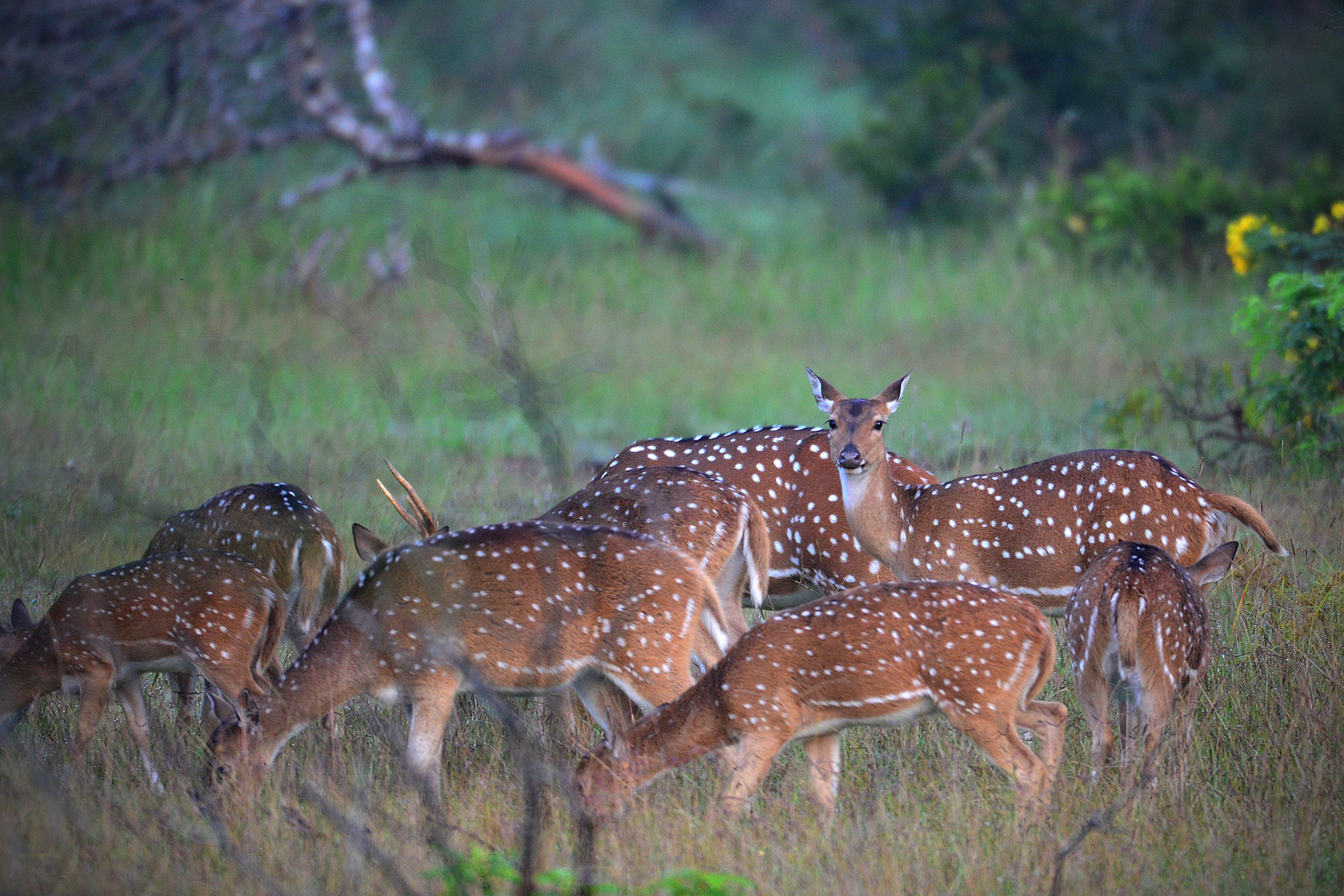
Wilpattu National Park
Sri Lanka’s Largest National Park & Untamed Wilderness
Wilpattu National Park, located on the northwest coast of Sri Lanka, is the island’s largest and one of the oldest national parks. Renowned for its unique landscape of “Willus” — natural, sandy-basin lakes scattered throughout the park — Wilpattu offers a distinctive safari experience unlike anywhere else in Sri Lanka.
Known for its relatively low visitor numbers compared to more famous parks like Yala, Wilpattu feels wilder and less commercialized, providing excellent opportunities to see a variety of wildlife in a more tranquil, less crowded setting. It’s especially famed for its leopard population, though sightings of elephants, sloth bears, and a host of bird species are also common.
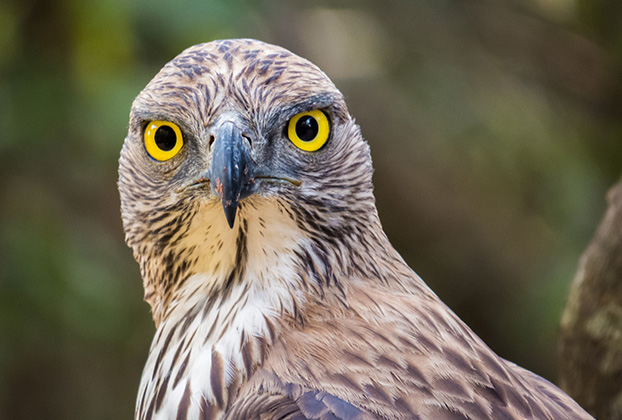
Top Things to See & Do
Wilpattu Safari (Jeep or 4×4 Tours)
Explore the park’s mosaic of lakes, dry forests, and scrublands on guided jeep safaris. Key wildlife to watch for includes elusive leopards, elephants, sloth bears, spotted deer, sambars, and many bird species like the painted stork and jungle fowl.
“Willus” – The Unique Natural Lakes
These natural water basins are crucial to the park’s ecosystem and attract a wide range of animals, especially during the dry season. Wildlife congregates here, making it prime safari viewing.
Birdwatching
Wilpattu is a birdwatcher’s paradise, home to over 200 species, including rare raptors, water birds, and endemic species. Early mornings and late afternoons are the best times for birding.
Nature Walks & Photography
Some safari lodges and tour operators offer guided nature walks. The varied terrain and serene environment offer fantastic photography opportunities.
Getting to Wilpattu from Colombo
By Car / Private Transfer:
Wilpattu is about 180-200 km northwest of Bandarawela, approximately a 4 to 5-hour drive via Anuradhapura or Colombo. Private transfers offer the most convenience.By Train and Taxi:
You can take a train from Colombo to Anuradhapura (around 4-5 hours), then hire a taxi or tuk-tuk to the park entrance (about 50 km).Nearest Town:
Anuradhapura is the closest major town, offering accommodation and services.
Best Time to Visit
February to October: Dry Season & Best Wildlife Viewing
The dry season concentrates animals near the waterholes and lakes, increasing chances of sightings. Temperatures range between 28°C to 33°C (82°F to 91°F).November to January: Monsoon & Wet Season
Though the park is open year-round, monsoon rains can make some roads challenging and wildlife sightings less predictable. The park is lush and green but less accessible.
Travel Tips:
Wear neutral-colored clothing to blend into the environment.
Bring sunscreen, a hat, insect repellent, and plenty of water.
Binoculars and a good camera with zoom lens are highly recommended.
Book safaris through reputable operators or lodges with park permits.
Early morning and late afternoon safaris are the best for wildlife activity and cooler temperatures.
Local Tips & Insights
Wilpattu is less commercialized than other parks, so book accommodations and safaris in advance during peak season.
Choose lodges or camps that follow responsible wildlife tourism practices.
The park is home to dangerous wildlife; always follow guides’ instructions and stay inside vehicles during safaris.
Wilpattu offers a more “authentic” and less touristy safari experience — ideal for nature lovers and photographers seeking tranquility.
Facilities inside the park are limited, so come prepared with essentials.
Respect the natural environment by minimizing noise and avoiding littering.

